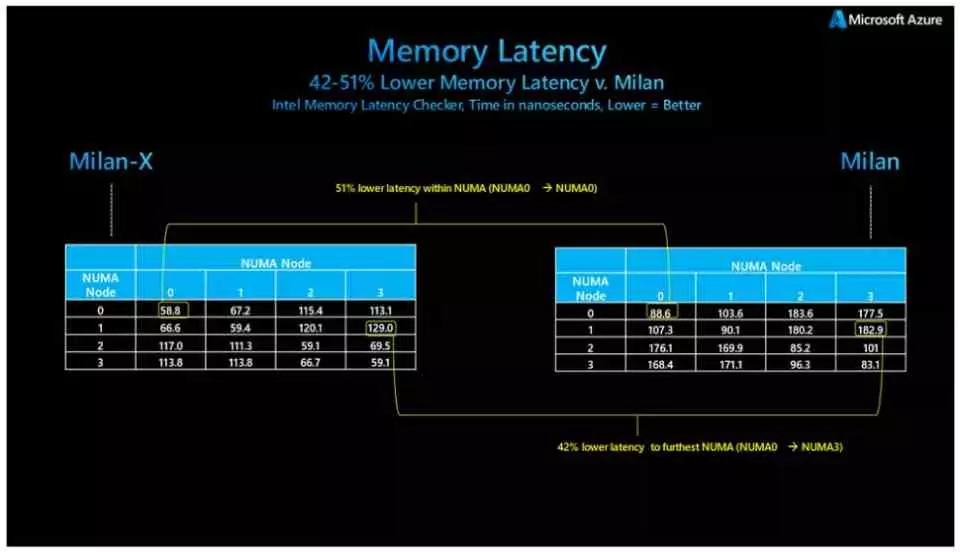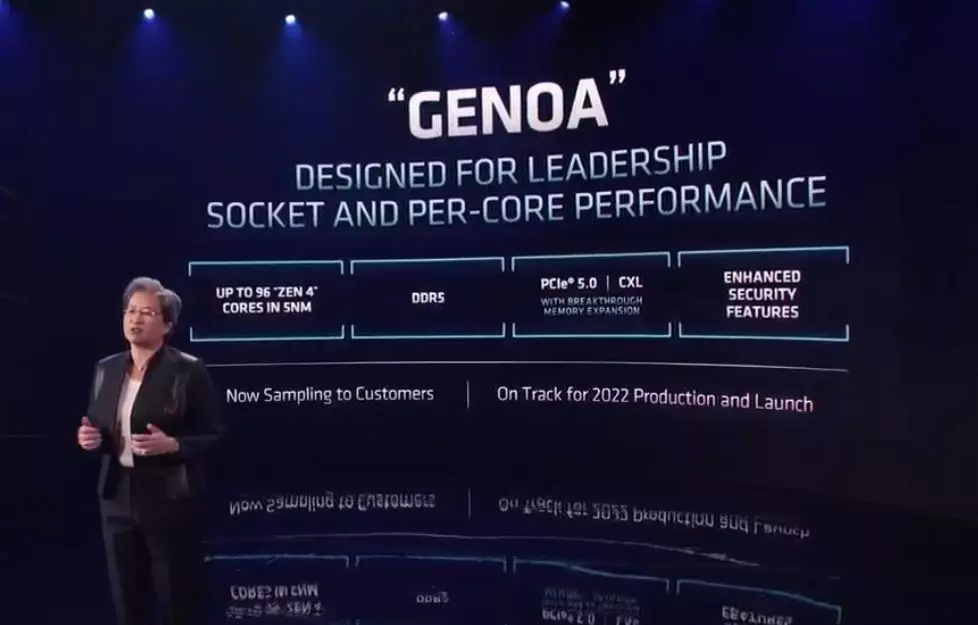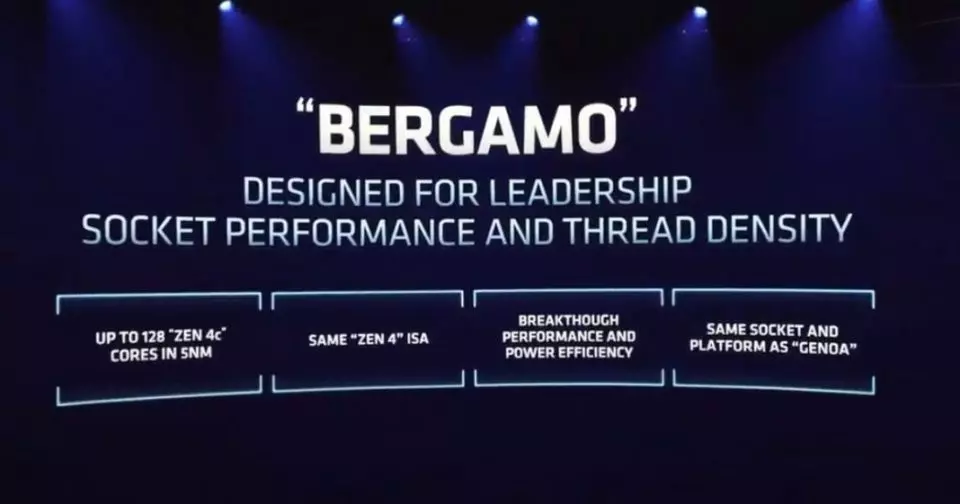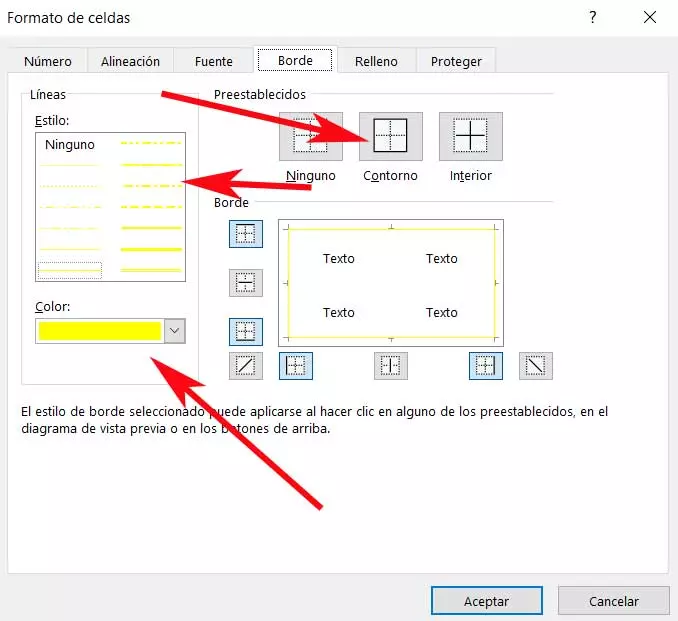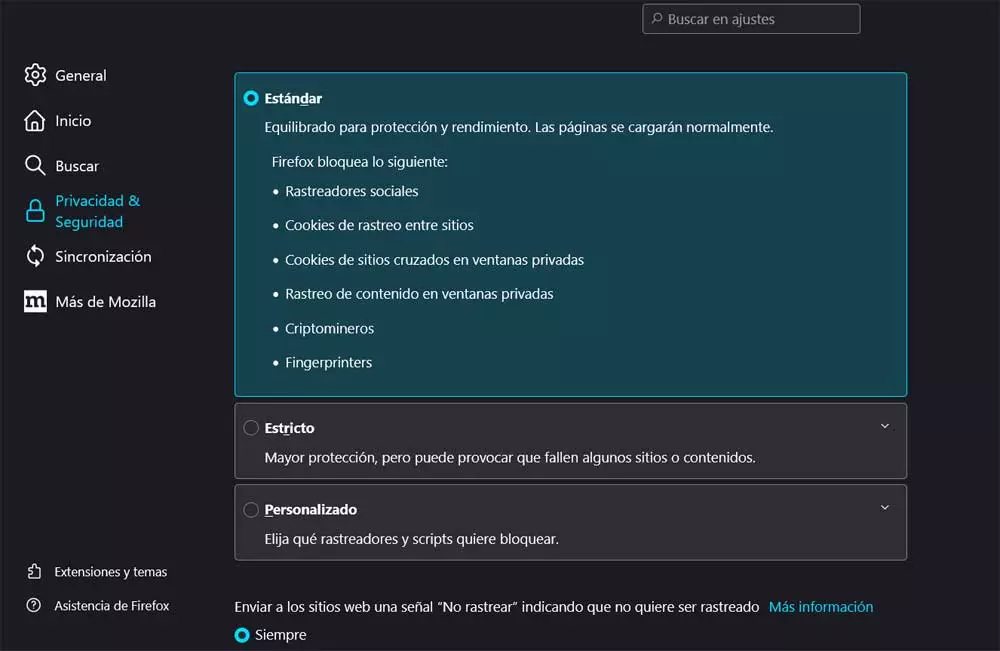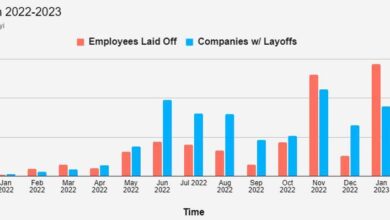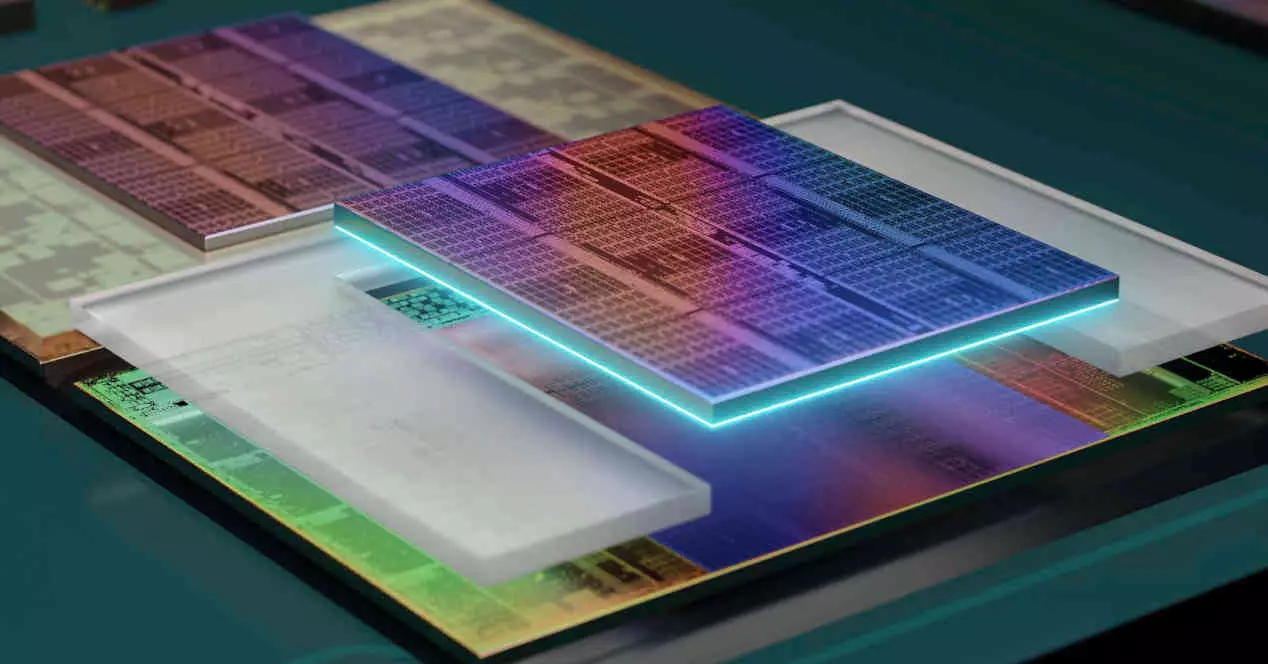
AMD’s strategy is to consolidate its strong position in the server market in response to the imminent launch of the fourth generation Intel Xeon based on Sapphire Rapids architecture. The objective is none other than to strengthen its position in the market for this type of processors, where they have not been threatened by Intel, since it will not be until 2022 that the direct rival of the AMD EPYC Milan will not go on the market.
So those of Lisa Su have been ahead of their biggest rival and are offering an improved version of their most powerful x86 processor created to date. The idea is none other than to mark distance with the rival as they prepare for the deployment and launch of the processors based on Zen 4.
Price and models of AMD Milan-X CPUs
In the event that you want to have one of these processors, let us tell you that they are not going to be cheap, all due to the fact that the inclusion of the V-Cache complicates their manufacture and this translates into an increase in the costs.
- The EPYC 7773X comes with 64 cores in 8 CCD and it is the top of the range, its price is $ 10,476.99.
- Second we have the EPYC 7573X, with 32 cores and therefore with 4 CCD Chiplets. Its price is $ 6,654.99.
- The EPYC 7473X with 24 cores and composed of 3 CCD It is priced at $ 5,595.99.
- The simplest version is 16 cores and therefore with 2 CCD, which will be sold for a price of $ 4,463.99.
The latest version makes us dream of a V-Cache version of the Ryzen 9 5950X, but these CPUs are intended for a different market and use a different socket than the one used in desktop models.
V-Cache, AMD’s new weapon
The V-Cache or Vertical Cache is nothing more than the extension in capacity of the L3 cache of the CCD Chiplets of 32MB to 96MB, for a total of 768 MB LLC at AMD EPYC Milan-X with the highest setting. What advantages does this bring? Well, an increase in performance thanks to the fact that the probability of finding the data within the cache structure increases.
Each Milan-X CCD is composed of two chips vertically, the base chip is a Zen 3 with its conventional L3 cache and measures 80.7 mm2 while the chip on the top is the SRAM that expands the capacity of said cache and that takes advantage of the short distance and the large number of interconnects to work transparently as a single piece. Its measures? 36 mm2.
And what about its performance? Well, the key is that according to the Intel Memory Latency Checker we can see how latency in terms of access to data has been improved between 42% and 50% compared to the current AMD EPYC Milan. Let’s not forget that CPUs are highly sensitive to latency when it comes to performance and we are facing the biggest jump in more than a decade in this regard.
All this means that with the V-Cache the AMD EPYC Milan-X are equivalent to a generation jump with hardly any changes in terms of architecture, since we remember it is still based on the Zen 3 architecture, since they achieve a average improvement in the CPI of 15%.
Genoa and Bergamo, beyond EPYC Milan-X
During the presentation of the AMD EPYC Milan-X we have been able to see a preview of the future of the AMD EPYC, which will be based on the Zen 4 architecture and with a greater number of cores, since Lisa Su herself spoke about Genoa, the next generation of the AMD EPYC.
The Genoa server processor will be built under TSMC’s 5nm node which allows twice the density in terms of transistors per area for designs that are twice energy efficient and will be 25% more powerful than current models, but Dr. Su has not made it clear whether the comparison is against Milan-X or the AMD EPYC currently on the market. The differences of AMD EPYC Genoa with respect to the current generation?
- Until 96 cores Zen 4, it has been seen in a fleeting way how Genoa has 12 CCD Chiplets, which confirms 8 cores for each of them, a figure that therefore will not change from Zen 3.
- Memory support DDR5.
- PCI Express 5.0 with CXL 1.1.
The launch date of this powerful processor is 2022 and AMD has made it clear that its deployment in the market continues from strength to strength. Not in vain have they announced that the chip has already had its tape-out and the first versions prior to its mass production, which will be in 2022, are already being sent to customers.
Bergamo and the Zen 4C core
The other chip is Bergamo, which will come out later and is based on the Zen 4C architecture, an improved version of Zen 4, which is fully compatible and will use the same socket as Genoa, but with the difference of being composed of 128 cores instead of 96. At the moment Lisa Su has given few details except that it is a design intended for cloud computing.
Bergamo’s feature set is the same as Genoa’s, so it supports DDR5, PCI Express 5.0 and CXL 1.1,

